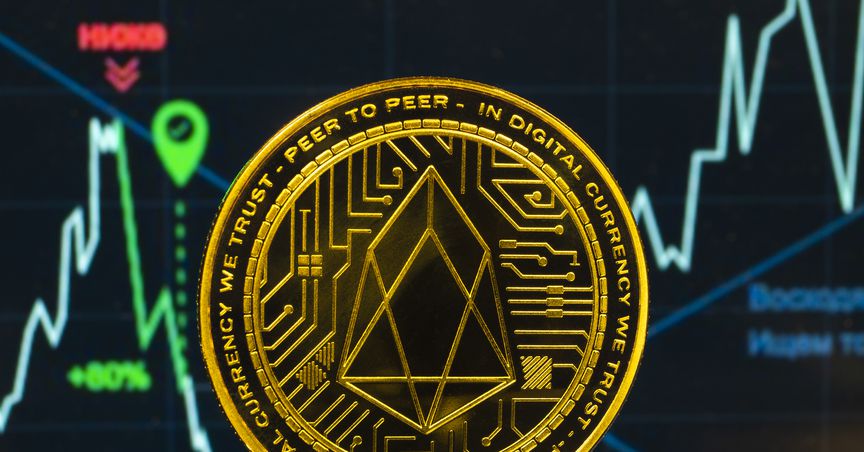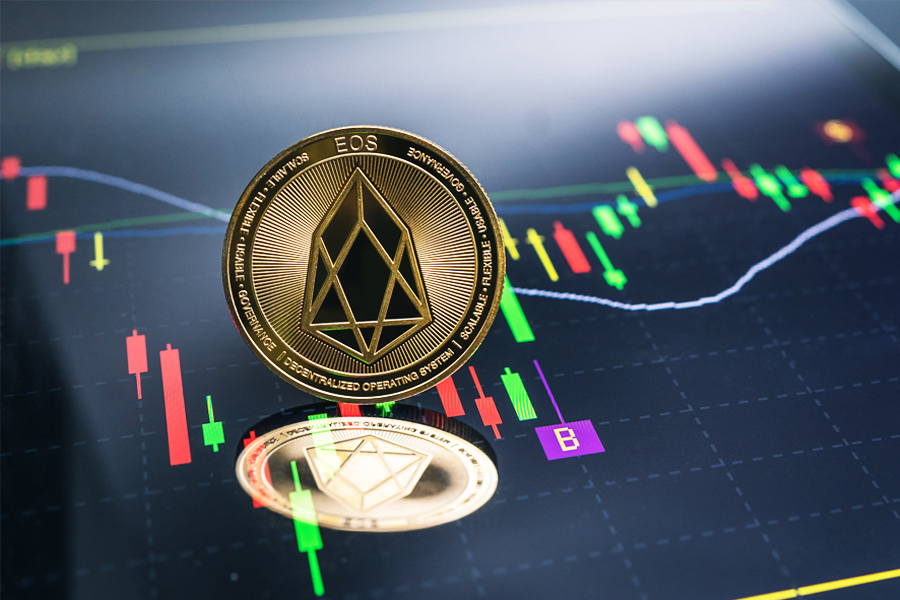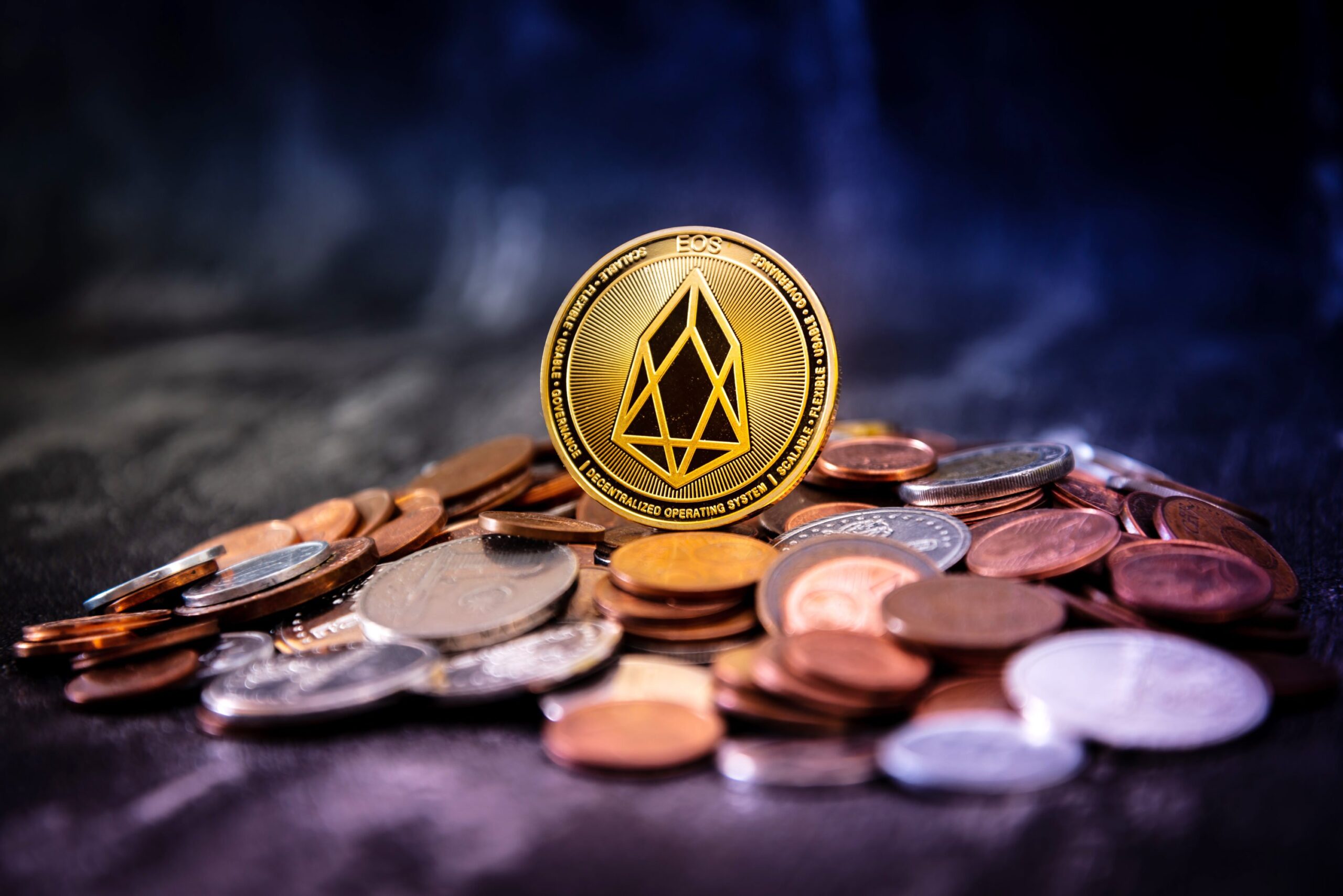In the ever-evolving world of blockchain technology, EOS has emerged as a powerful platform that enables developers to construct scalable decentralized applications (DApps) with remarkable efficiency and flexibility. With its advanced features and developer-friendly ecosystem, EOS has positioned itself as a frontrunner in the race to revolutionize the way we interact with decentralized applications. In this article, we will delve into the key aspects of EOS that empower developers and propel the growth of DApps on its platform. For those keen on exploring further advancements in blockchain and decentralized systems, the resources and workshops available at chesworkshop.org provide invaluable insights and in-depth understanding.
Introduction to EOS
EOS, short for “Enterprise Operating System,” is a blockchain-based platform that aims to provide a robust infrastructure for the development and deployment of decentralized applications. It was launched in 2018 and has gained significant traction due to its unique features, such as high scalability, low latency, and a developer-friendly environment.

Scalability at its Core
One of the primary challenges faced by many blockchain platforms is scalability. EOS tackles this challenge head-on by utilizing a unique consensus algorithm called Delegated Proof of Stake (DPoS). Unlike traditional Proof of Work (PoW) algorithms, DPoS allows for faster transaction speeds and higher scalability, making EOS an ideal choice for building large-scale DApps.
Developer-Friendly Environment
EOS provides a comprehensive set of tools, resources, and documentation that make it easier for developers to create decentralized applications. Its development framework includes smart contract support, a powerful command-line interface, and an extensive software development kit (SDK). These features simplify the development process and enable developers to focus on building innovative DApps without getting bogged down by complex technicalities.
EOSIO Smart Contracts
Smart contracts are the building blocks of decentralized applications, and EOSIO offers a robust and secure smart contract platform. EOSIO smart contracts are written in C++ and are highly efficient, allowing developers to create sophisticated applications with ease. The platform also provides tools like EOSIO.CDT (Contract Development Toolkit), which facilitates the seamless compilation and deployment of smart contracts.
Interoperability and Cross-Chain Communication
EOS embraces interoperability by allowing cross-chain communication between different blockchain networks. This feature enables developers to integrate their DApps with other blockchain platforms, expanding the functionality and reach of their applications. Interoperability is a crucial aspect of blockchain technology, and EOS excels in providing a seamless experience for developers looking to collaborate across various networks.
Decentralization and Governance
EOS implements a decentralized governance model that involves block producers elected by the community. These block producers are responsible for verifying transactions and maintaining the integrity of the blockchain. This democratic approach to governance ensures transparency, fairness, and community-driven decision-making within the EOS ecosystem.
Growing DApp Ecosystem
EOS has witnessed substantial growth in its DApp ecosystem, with a wide range of applications spanning industries such as finance, gaming, social media, and more. Some notable DApps built on the EOS platform include Everipedia, a decentralized encyclopedia; EOS Knights, a blockchain-based game; and Voice, a social media platform that prioritizes user privacy and content authenticity.

Advantages of Building DApps on EOS
Developers choose EOS as their preferred platform for building DApps due to several distinct advantages it offers:
- Scalability: EOS’s DPoS consensus algorithm ensures high scalability, allowing DApps to handle a massive number of transactions per second.
- Low Latency: EOS boasts low latency, ensuring a seamless user experience by reducing waiting times for transaction confirmations.
- Developer-Friendly Environment: The extensive set of tools, SDKs, and documentation provided by EOS simplifies the development process, enabling developers to focus on innovation.
- Cost-Efficiency: EOS offers a feeless model for end-users, meaning users can interact with DApps without worrying about transaction costs.
- Cross-Chain Communication: EOS’s interoperability feature facilitates integration with other blockchain networks, enabling developers to leverage the strengths of different platforms.
Conclusion-
EOS has emerged as a leading platform for constructing scalable decentralized applications, providing developers with the tools and resources they need to bring their innovative ideas to life. With its focus on scalability, developer-friendliness, and interoperability, EOS empowers developers to create groundbreaking DApps that have the potential to revolutionize various industries. As the EOS ecosystem continues to grow and evolve, we can expect to witness even more exciting advancements in the world of decentralized applications.






